Delayed safety system for Sydney Trains could have prevented Richmond train crash
THE Sydney train crash in which 16 passengers were injured on Monday could have been avoided if Transport for NSW had installed an “automatic train protection system’’ which the state government announced four years ago.
NSW
Don't miss out on the headlines from NSW. Followed categories will be added to My News.
THE train crash that injured 16 people on Monday may have been avoided had Transport for NSW installed an “automatic train protection” safety system promised four years ago.
The Daily Telegraph can reveal Labor and Liberal state governments have failed to implement the ATP system, which controls train speeds to prevent accidents, across the entire network despite it being a key recommendation of the special commission that investigated the last major train accident in NSW in 2003.
And rail safety experts have told The Daily Telegraph that had an ATP device been installed on the Waratah train that crashed at Richmond injuries may have been avoided altogether.
Used in rail systems across the globe, ATPs monitor the speed of trains and mitigate the likelihood of accidents caused by human error.
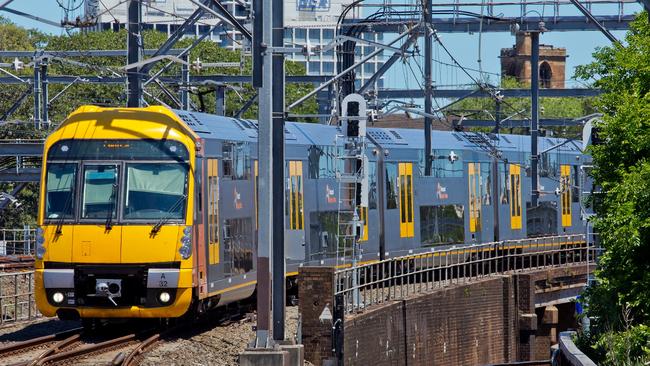
If the train is going faster than it is meant to be at a point in the tracks it will apply emergency braking.
The Special Commission into the Waterfall Rail Accident recommended in 2005 ATP be introduced in NSW after seven died in the derailment at speed of a commuter train when the driver had a heart attack in the cabin.
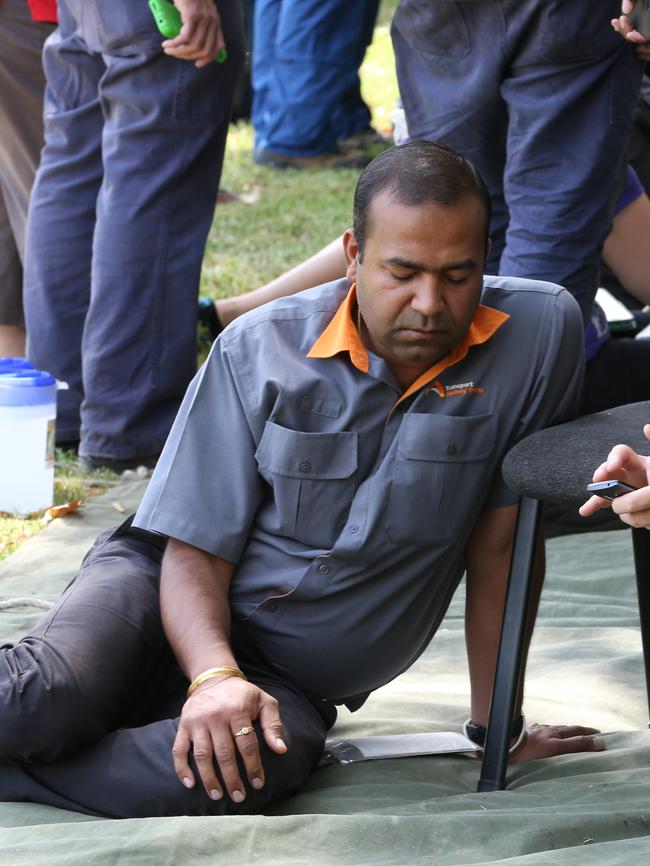
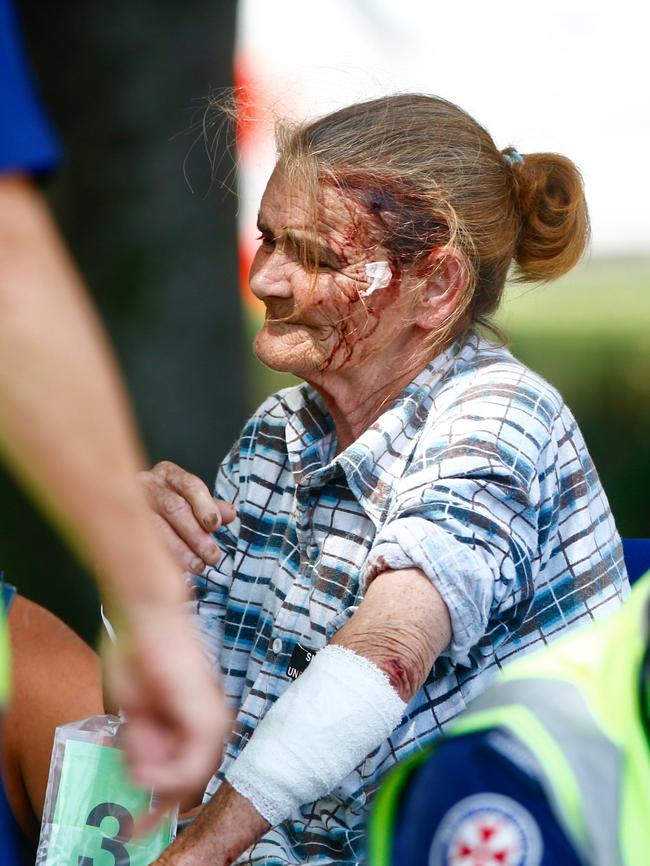
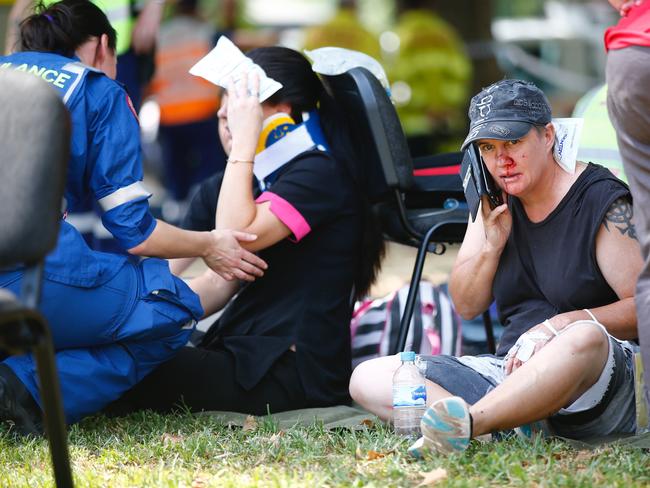
Rail Safety Consulting Australia director Phillip Barker told The Daily Telegraph that had an ATP been installed on the Waratah train it is likely there would have been no serious injuries.
“It’s likely an ATP would have been able to reduce the seriousness of the impact,” said Mr Barker, who previously worked as a rail safety investigator for the Australian Transport Safety Bureau.
READ MORE: Union, state on collision course
“There still would have been contact (with the buffer), but it’s more likely people would have just lost their footing rather than being slammed into the walls.”
Mr Barker also said that the buffer stop that Sydney Trains chief executive Howard Collins praised in the aftermath of the accident, was in fact “a fairly old design”. He said the ATP systems had been introduced in Queensland back in 1998.
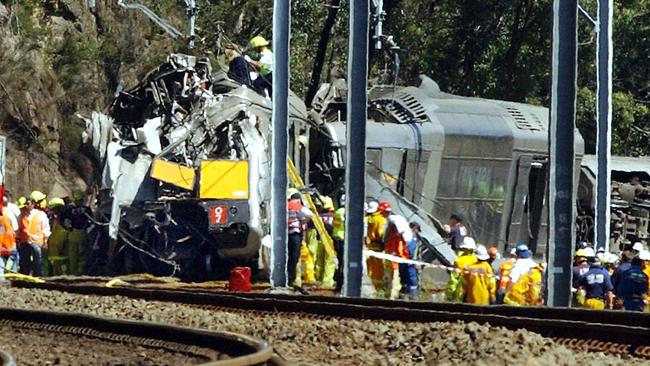
University of NSW’s Professor Travis Waller, who is Director of the Research Centre for Integrated Transport Innovation, agreed that it was possible an ATP may have been able to mitigate the damage of the crash.
“However we won’t know for sure until we know the source of the fault,” he said.
In 2014, Transport for NSW announced a strategy for implementing the ATP system across “the majority” of the Sydney fleet. There was also $100 million in the 2016 state budget for the project.
The National Rail Safety Regulator which is monitoring NSW’s implementation of the Waterfall recommendations said last year the ATP rollout was one of two commitments yet to be fulfilled.
READ MORE: Sydney Trains-Union strikes deal — but rail chaos still on cards
A Transport for NSW spokesman told The Daily Telegraph they were rolling out the system “as quickly as possible”. “ATP is scheduled to be implemented in all trains, including the C and K Sets, Waratahs and Millennium trains, in the next two years,” he said.
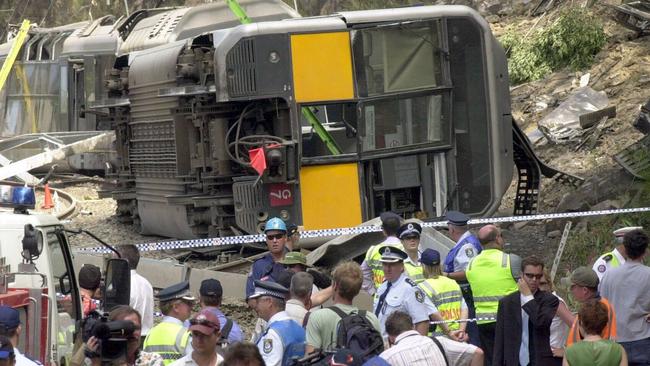
Opposition transport spokeswoman Jodi McKay said the government needed to explain why it taking so long to install the safety system.
READ MORE: Metres from death... Man’s miracle train track fall at Sydenham station
“The government needs to explain why it will take until 2019 to implement ATP,” she said.
She claimed commuters are well within their rights to question government priorities in the transport portfolio after fire safety issues at Town Hall station and cuts to heavy vehicle inspectors.
Last night three patients remained in a stable condition Nepean Hospital following the Richmond crash.
Two patients at Westmead Hospital were both stable.
Runaway pain ride
WHEN Donald Case survived heart surgery, his idea of celebrating didn’t involve winding up in a hospital bed with four fractured ribs. The 59-year-old Blaxlands Ridge resident and wife Peggy were getting ready to get off the T1 service at Richmond Station on Monday when the train crashed into a buffer stop, sending them “flying” across the carriage.
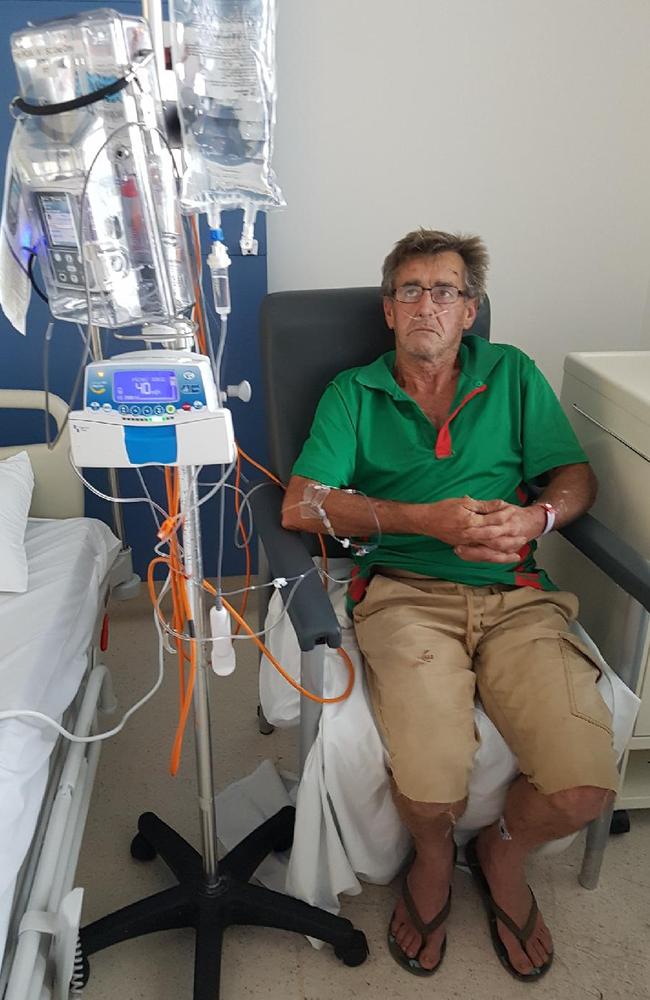
Ms Case, 56, was discharged from Nepean Hospital on Monday after being treated for a head wound and gash on her arm.
Mr Case’s daughter said the crash was the last thing he needed after having the main valve of his heart replaced and a pacemaker installed.
“He’s upset, he’s angry,” she said.


